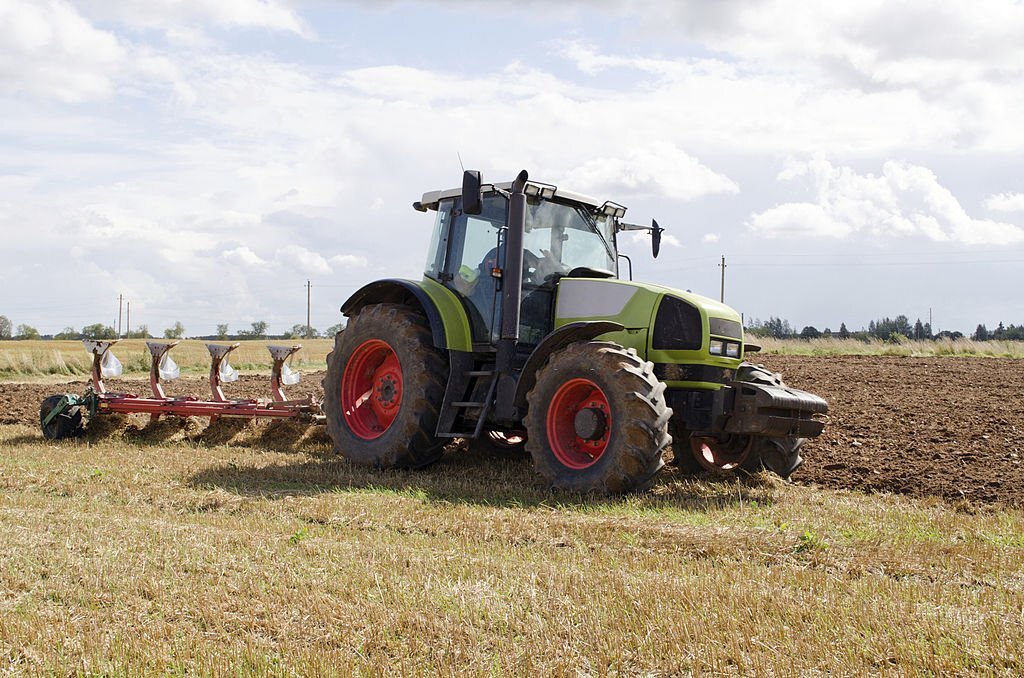
The cost of agricultural equipment can vary significantly depending on its features and capabilities. Manufacturers offer a wide range of options, from basic models to advanced machinery equipped with cutting-edge technology. Understanding how different features impact the cost of agricultural equipment is crucial for farmers looking to make informed purchasing decisions. In this article, we will explore the relationship between features and the cost of agricultural equipment.
Advanced Technology and Automation:
The integration of advanced technology and automation features in agricultural equipment often comes at an additional cost. Equipment equipped with GPS guidance systems, precision farming capabilities, or automated functions for tasks like planting, spraying, and harvesting tends to be priced higher. These technologies offer benefits such as improved accuracy, reduced input wastage, and enhanced operational efficiency, but their inclusion in the equipment raises the overall cost.
Capacity and Size:
The size and capacity of agricultural equipment play a role in determining its cost. Equipment with larger capacities, such as high-capacity harvesters or sprayers, often comes with a higher price tag due to increased material and manufacturing costs. Larger equipment allows for more efficient and productive operations on larger farms but may not be necessary for smaller-scale operations.
Durability and Build Quality:
Agricultural equipment designed with superior durability and build quality tends to have a higher upfront cost. Robust materials, reinforced frames, and stronger components increase the longevity of the equipment and its ability to withstand demanding field conditions. Although equipment with higher durability may have a higher price, it can offer long-term cost savings by reducing the frequency of repairs and replacements.
Efficiency and Performance Enhancements:
Features that enhance equipment efficiency and performance can impact its cost. Equipment equipped with systems that optimize fuel consumption, reduce labor requirements, or increase working speeds may be priced higher due to the added value they provide. These features contribute to improved productivity, reduced operational costs, and increased overall efficiency.
Precision Agriculture Capabilities:
Equipment integrated with precision agriculture capabilities, such as variable rate technology or yield monitoring systems, can have a higher cost. Precision agriculture enables farmers to tailor inputs precisely to the specific needs of different areas within fields, resulting in optimized resource utilization and improved crop yields. While these features contribute to increased precision and profitability, they may come at a higher price due to the technology and sensors involved.
Brand Reputation and Support Services:
The reputation of the brand and the availability of support services can also influence the cost of agricultural equipment. Established brands that have built a strong reputation for quality and reliability often command higher prices. Additionally, manufacturers that offer comprehensive support services, including warranties, training, and reliable customer support, may price their equipment higher to reflect the added value of their brand and services.
Customization and Additional Attachments:
Equipment customization options and the availability of additional attachments can contribute to cost variations. Customizable features that allow farmers to tailor equipment to their specific needs or add attachments for specialized tasks may result in higher pricing. These options offer flexibility and adaptability but may come at an additional cost.
Understanding the relationship between features and cost is essential when considering agricultural equipment purchases. Farmers must assess their specific needs, evaluate the return on investment for various features, and consider the long-term benefits and potential cost savings associated with advanced features. By carefully weighing the cost and benefits of different features, farmers can make informed decisions and select equipment that best aligns with their operational requirements and budget.
In conclusion, the cost of agricultural equipment is influenced by a range of features and capabilities. Advanced technology, automation, capacity, durability, efficiency enhancements, precision agriculture capabilities, brand reputation, and customization options all contribute to the pricing variations. By understanding these factors, farmers can evaluate the value proposition of different features, strike a balance between cost and functionality, and make equipment purchasing decisions that align with their specific needs and long-term goals.

